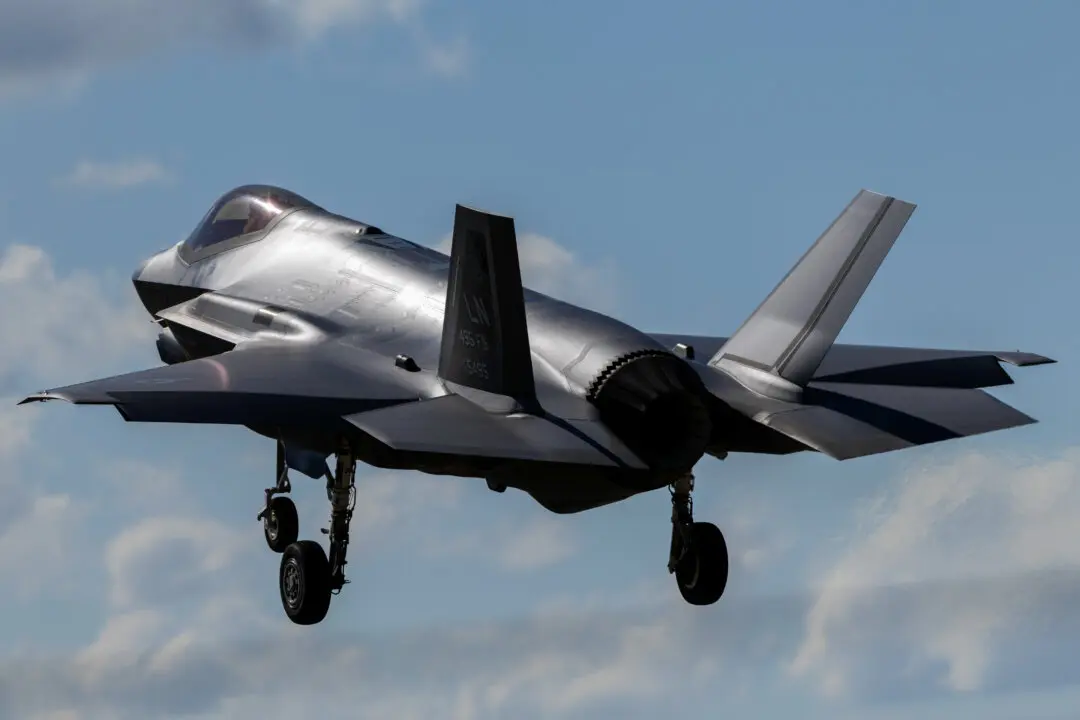Commentary
The Chinese spy balloon allowed to traverse the United States may have gathered some useful intel, or as Sen. Chuck Schumer (D-N.Y.) stated in a TV interview, it may have been “redundant.” Regardless, it was a further demonstration of the Biden administration’s weakness in dealing with China.
But the threat posed by balloons pales in comparison to the huge strides China has been making in both the number and sophistication of the satellites it is launching at an ever-accelerating rate.
Indeed, in 2022, China made 62 successful launches, breaking its 2021 record of 55 launches. And while the United States had 72 successful launches in 2022, most of those were commercial, with only 30 being military in nature versus China’s 45 military-related launches. And it must be noted that with China’s dual commercial/military use industrial policy, any “commercial” satellite could also be at the beck and call of the Chinese communist military.
One of China’s more recent launches includes the Nov. 16, 2022, launch of four Gaofen 03D satellites that analysts believe will be used both for commercial and military purposes. And in late October last year, Beijing announced that it will be deploying 300 of its highly capable Jilin-1 satellites by the end of 2025, instead of the originally planned 138. The JLIN-1 and Gaofen 03D are just two of the many classes of militarily capable satellites China has rapidly been launching into orbit.
As previously noted, in 2021, China set a new record with 55 launches, four more than the United States’ 51. And many of the launches carry more than one satellite into orbit. Thus, having exceeded the 60 launches planned for 2022, it is likely China put more satellites into orbit last year than the 100 satellites it put into orbit in 2021. The exact number is uncertain due to Beijing’s veil of secrecy surrounding its space militarization efforts.
But it is not just about numbers, as China’s satellites have been rapidly advancing in sophistication and power. In April 2022, researchers in a Chinese peer-reviewed study claimed that they have satellites that can execute real-time precise tracking of U.S. naval assets by capitalizing on the power of new innovative artificial intelligence (AI) algorithms that are 97 percent more efficient than algorithms used by other countries’ satellites.
The same researchers claimed that a Chinese satellite automatically spotted and identified the USS Truman (CVN 75), a Nimitz class carrier, then tracked the Truman and its seven escort vessels while continuously updating Beijing with precise real-time coordinates of the Truman’s location.
If true, this is significant, as the unidentified satellite was presumably able to relay actual information, not just data, through a network of satellites at the speed of light to Chinese military decision-makers. The new algorithms, coupled with specialized hardware, allegedly allow Chinese satellites to process up to 200 high-definition images per second. This kind of processing power gives Chinese satellites the capability of identifying ships and other vehicles in near real time. Previously, satellites would have to come in range of ground-based stations and download the data for image processing by ground-based computers. This whole process was far from real time, and by the time it was completed, ships could be tens of miles from where they were first spotted. The onboard, near real-time processing changes the game, greatly increasing their satellites’ commercial and military utility.
Other capabilities recently showcased by China include the vastly upgraded ability of the Beijing-3 satellite to quickly change camera orientation without loss of image quality more quickly than any other satellite to date. The Beijing-3’s nimbleness and wide scanning angle allow it to perform imaging feats unmatched by other satellites, such as requiring just one north-to-south fly-by to image the entire 3,900-mile-long Yangtze River.





